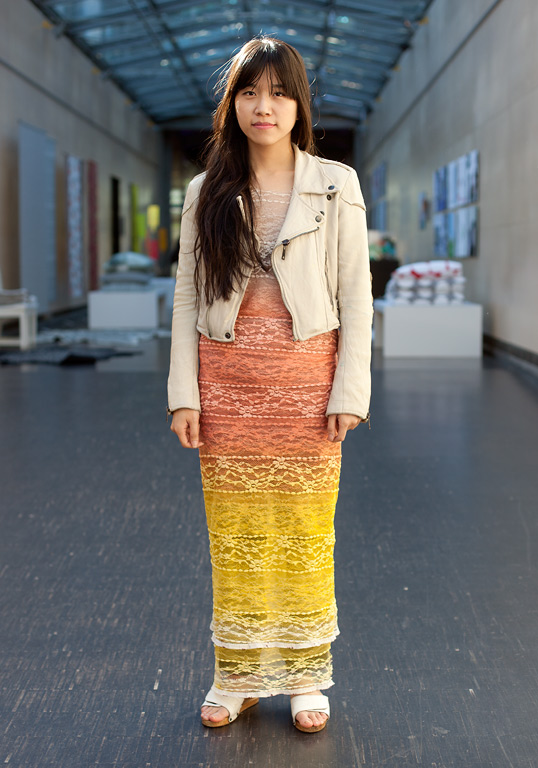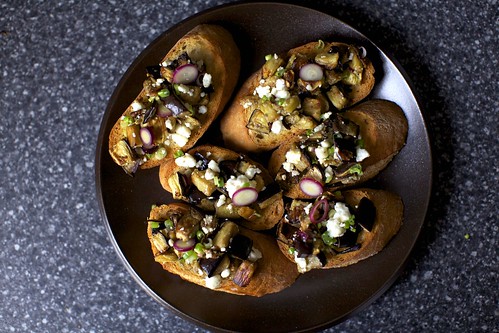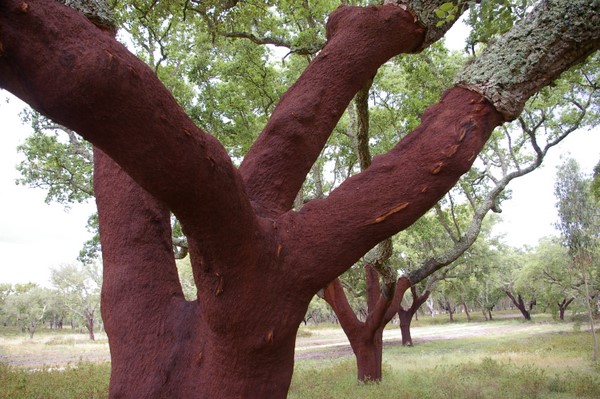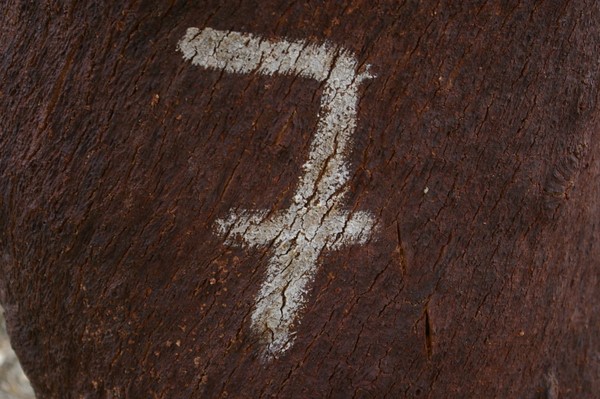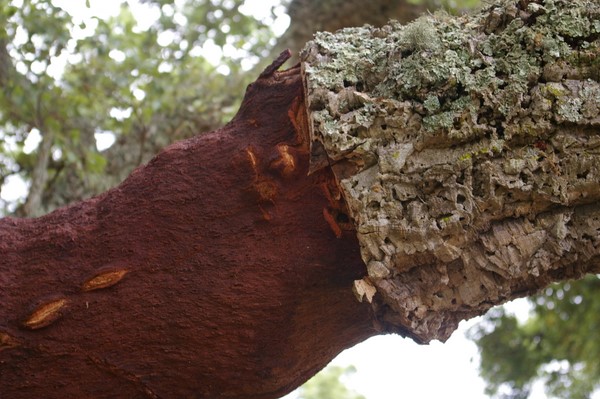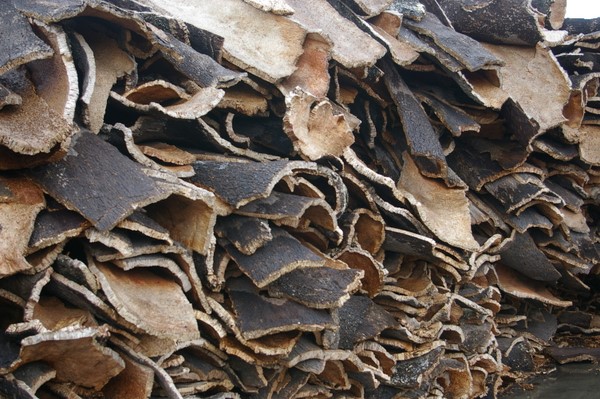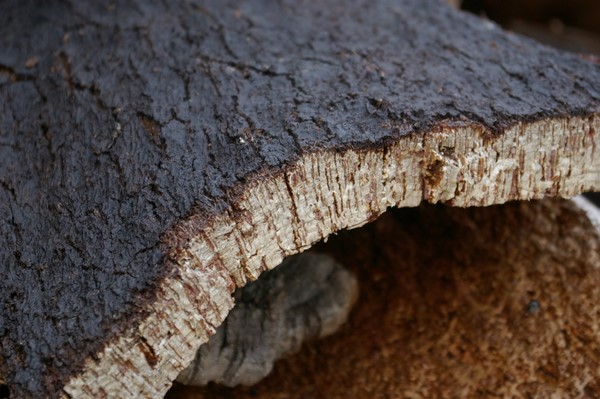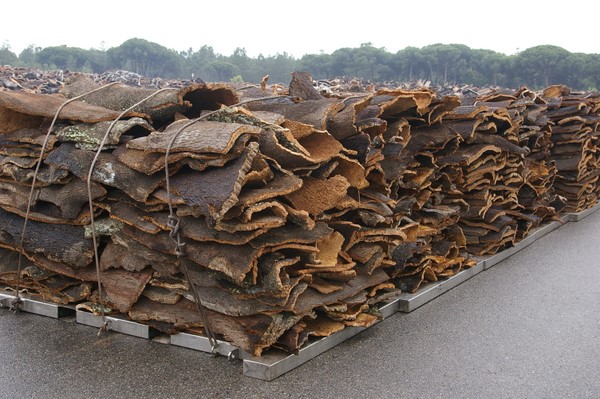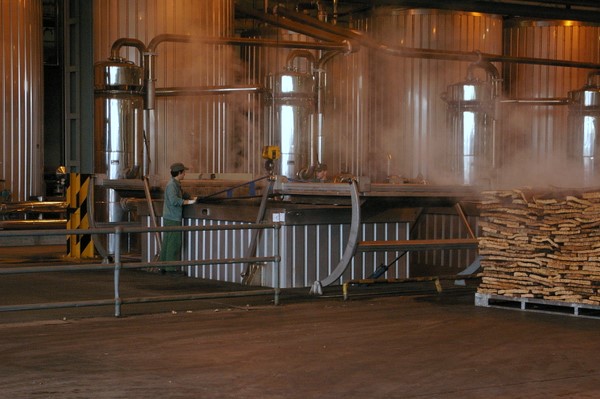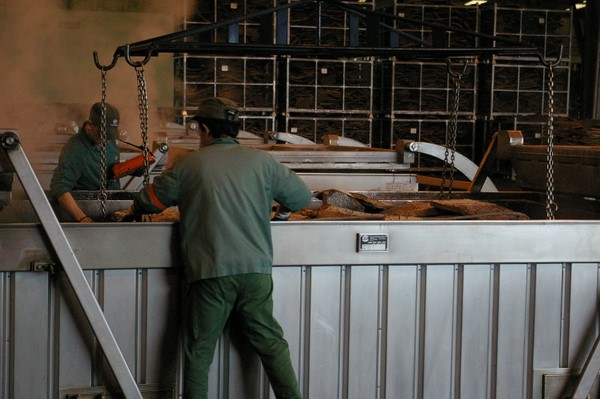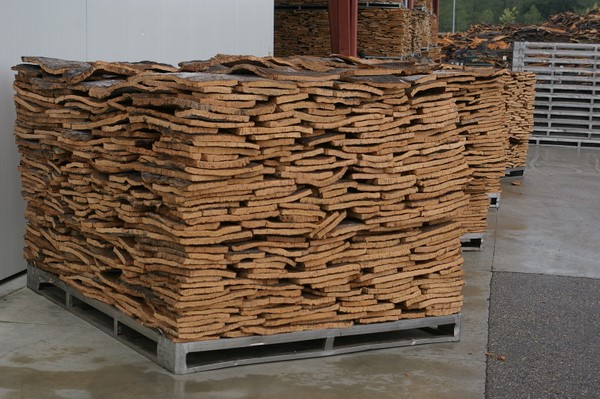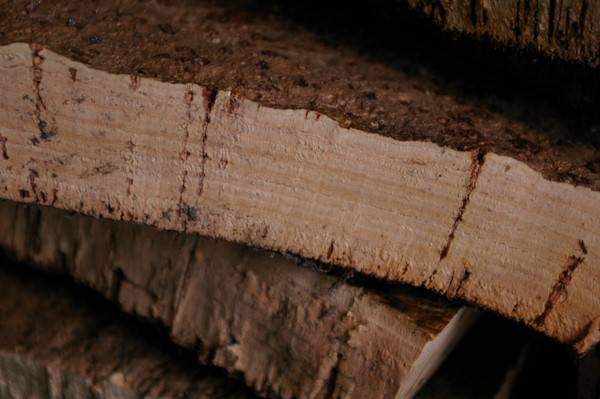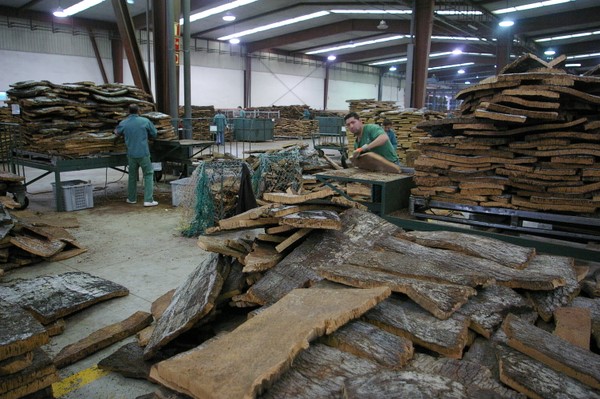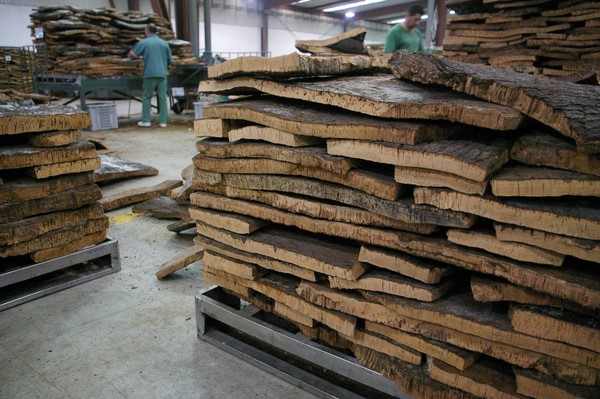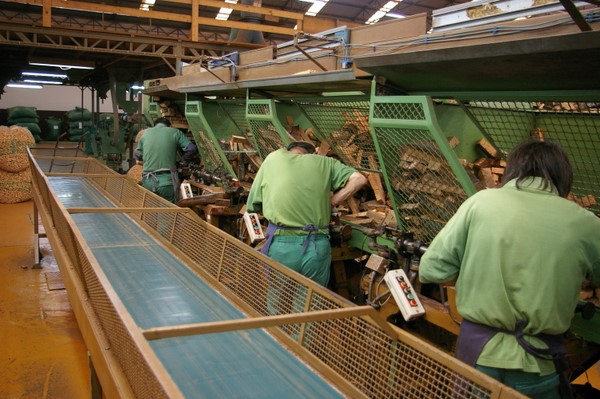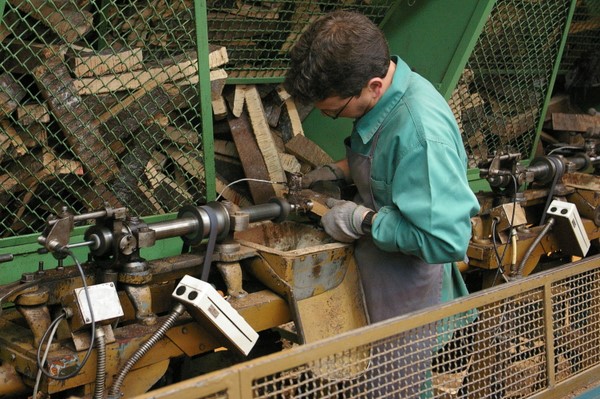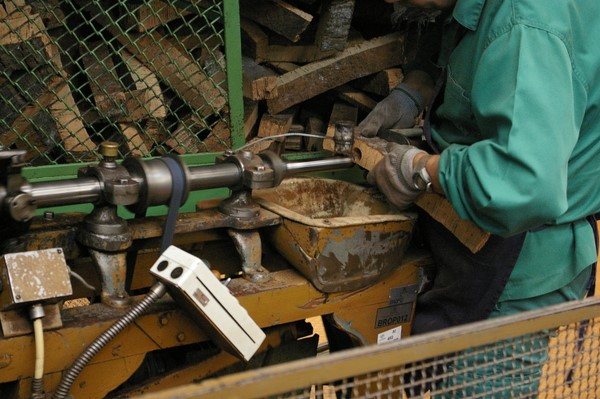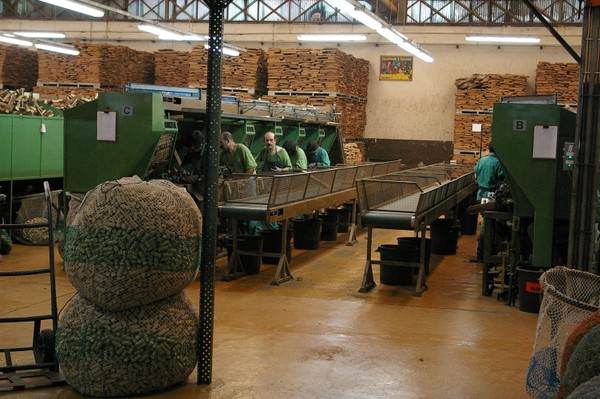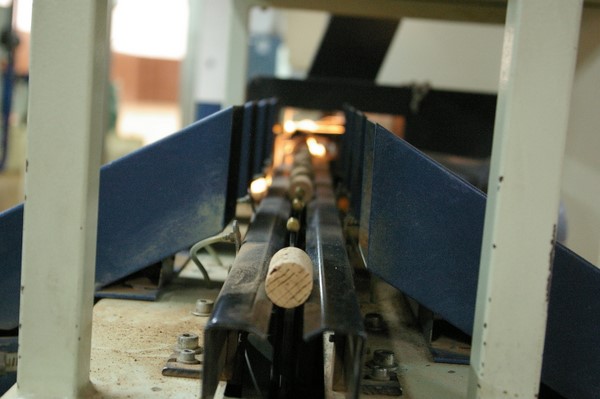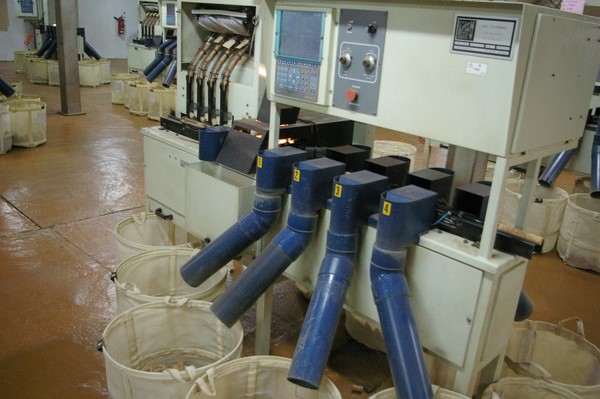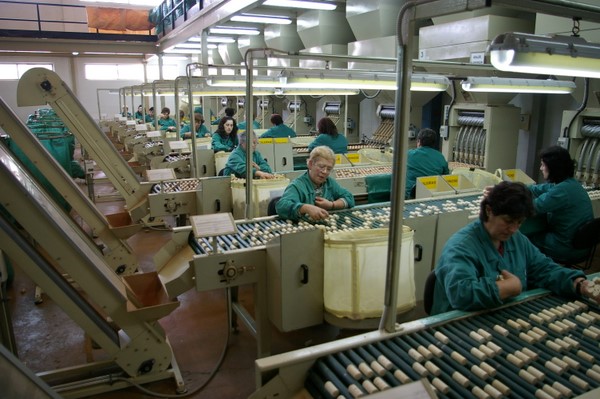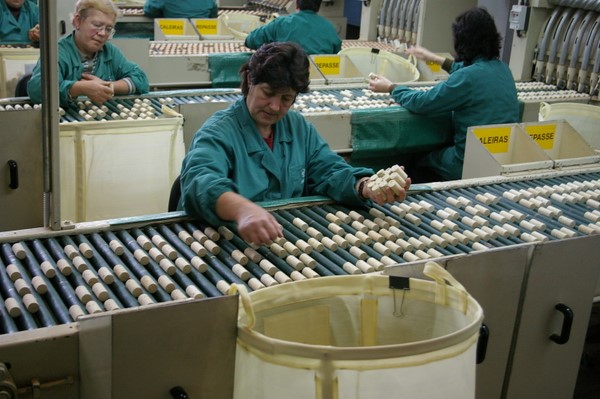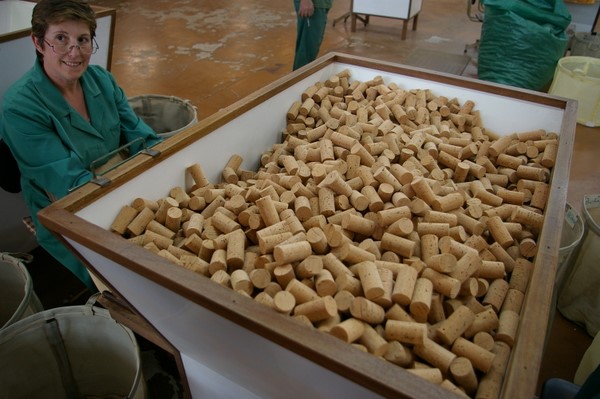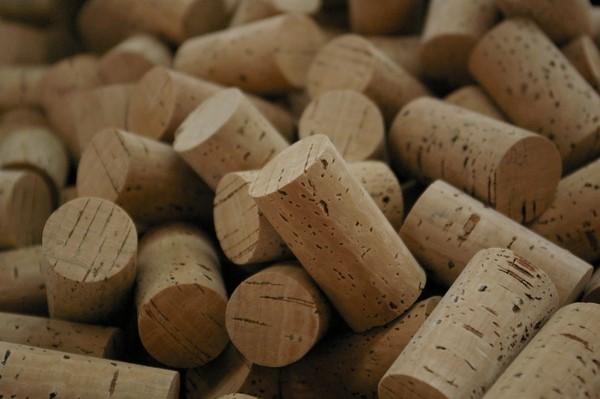I've been meaning to post this for a long time now....just took a bit of a hiatus from blogging. Not that I was ever that good at it to begin with!
Lots of cool stuff that would have made it on the blog, sadly did not because honestly, I didn't do that great of a job jotting down everything over the last few months. But below is something I did manage to remind myself to post.
Ever wonder how a cork is made? Well check out the illustrated guide below from Wine Anorak. It is absolutely fascinating!
It all starts in the forest. Cork oaks are harvested every nine years, once they reach maturity. It doesn't harm the tree, and the cork bark regrows. Most cork forests are in Portugal and Spain.
The year of harvest is marked on the trunk, so each tree isn't harvested at the wrong time. Cork is a great insulating material, and gives these oaks a chance to survive the forest fires that occasionally happen in the hot Mediterranean summers.
Here's a close-up of a tree that was harvested the year previously.
The harvested cork planks are stored before processing. Good cork companies will store them on concrete rather than bare earth, lowering the risk of contamination.
This is a close-up of a piece of bark. It's quite thin, and won't be used to produce high-quality natural cork. But now there are also technical corks, made up of small pieces of cork fused together, which means that more of the cork bark is suitable for producing wine bottle closures.
Before processing, the cork planks are put on pallets. Then they are ready for the first stage in the cork production process: boiling. The following pictures were taken at Amorim's facility in Coruche, ion the south of Portugal.
The planks are boiled to soften them, and also to clean them. In the bad old days these would be boiled in murky pits without the water being changed very often. Now, to avoid cross-contamination, the water is cleaned, filtered and replenished regularly, with volatiles being removed on a continuous basis.
This batch is just going in.
The boiled planks are flatter and easier to work with
This is a nice-looking piece of cork.
Next the planks are graded and cut into workable pieces.
Some will be used for punching natural corks out of; others will be used to make technical corks. The pictures below were all taken at Amorim's factory in the north of Portugal, south of Porto.
These workers are hand-punching corks from strips of bark: these will be high-end corks. Others are machine punched.
It is a skilled process: make the wrong decisions and the corks aren't good enough, or cork is wasted.
What remains after the corks have been punched. This remaining cork can be ground up to make granules that can then be glued together to make agglomerate cork.
The corks are optically sorted: blasts of air are used to send the corks into the right grade bins.
Then the corks are sorted by eye.
Great care is taken sorting the top grade corks.
These corks will be really expensive: over a Euro each.
For HTML, go to : Wine Anorak


